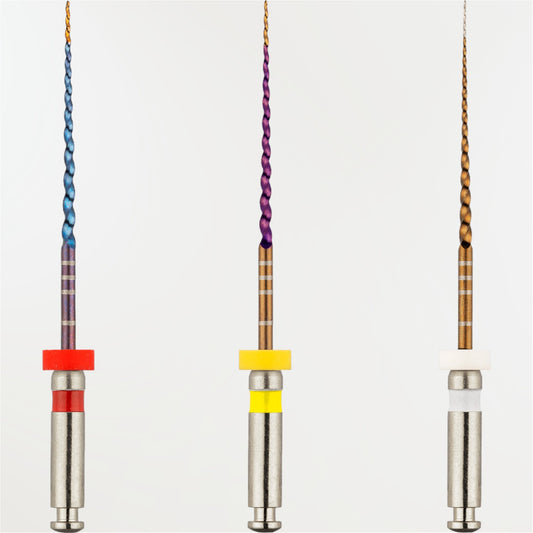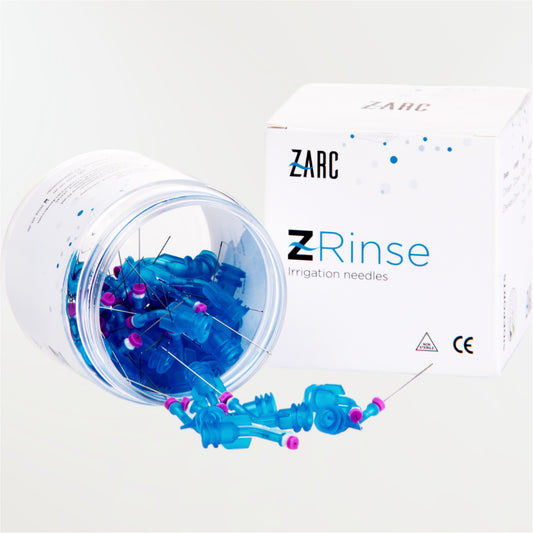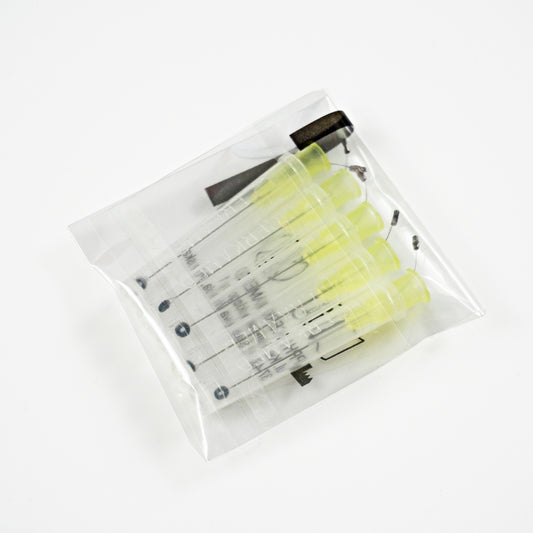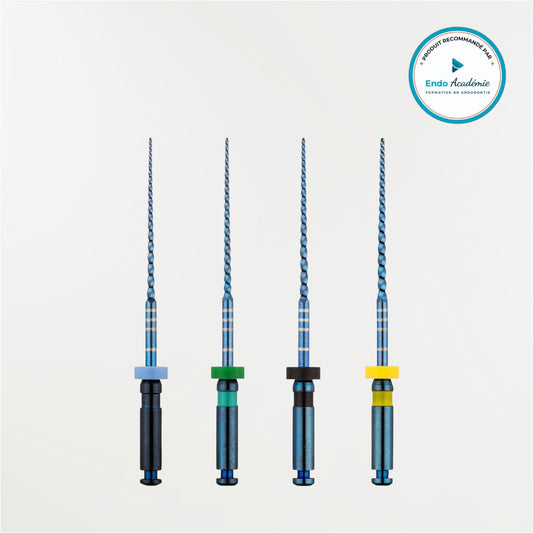Editor's note: This blog post is part of the summary of the presentation by Dr. Thibaut MERIT who led a training day on 10/12/2024 on the theme of “Conservative Endodontics”. This is part 4/4
Conservative Restorative Techniques and Dental Survival Approach
The role of restoration in conservative endodontics

The principles of conservative restoration
- Conservation of tooth structure: Minimize the loss of dentin and natural enamel to maintain tooth strength.
- Watertight Seal: Ensuring a watertight seal to prevent bacterial re-infiltration, which is crucial for the long-term success of the treatment.
- Tooth strengthening: Using materials and techniques that add structural strength without requiring excessive excavation.
Specific post-endodontic restoration techniques
-
Direct overlays
Overlays (direct veneers) are one of the most widely used techniques in conservative endodontics. This technique involves applying a restorative material directly to the surface of the treated tooth, without requiring excessive preparation. Unlike full crowns, which require trimming a large amount of dentin and enamel, overlays focus on protecting essential areas while preserving the rest of the tooth structure. Overlays also allow for immediate sealing of the tooth, preventing any bacterial infiltration into the canals. By sealing the tooth immediately after endodontic treatment, the practitioner reduces the risk of bacterial contamination and reinfection, thus improving long-term results.
-
Restoration with reinforced composite resin
Composite resin is a material that provides both excellent sealing and mechanical strength. In conservative endodontics, reinforced composite resins are often used for their ability to conform to the contours of the tooth and for their adhesive properties, allowing a watertight seal while preserving the surrounding dentin and enamel. Reinforced composites can be used in situations where the tooth requires additional structural support, without the need for a full crown. They are applied directly to the treated tooth, filling cavities and adding strength without requiring excessive trimming of the tooth.
-
Ceramic or composite onlays
Onlays are similar to overlays, but they cover a larger surface area of the tooth. They can be made of ceramic or composite, depending on the patient's needs and the practitioner's preference. Unlike crowns, onlays do not require total tooth reduction and thus preserve a larger portion of the pericervical dentin. In conservative endodontics, onlays are often favored for their ability to distribute chewing forces, reducing the risk of fractures. Ceramic, in particular, is a strong material that mimics natural enamel and offers increased durability while preserving structure.
-
Immediate sealing techniques
A crucial point in conservative endodontic restoration is the immediate sealing of the tooth after root canal treatment. Dr. Merit explained that the risk of reinfection is significantly reduced if the tooth is sealed immediately, rather than waiting for the final restoration. This immediate sealing can be achieved with composite resins or provisional materials designed to protect the tooth until the final restoration is applied. Immediate sealing not only reduces the risk of infection but also improves the adhesion of the final restorations, providing additional structural support.

Materials used in conservative restoration
- Reinforced Composite Resin: Composite resins are popular due to their conformability and adhesive properties, making them ideal for immediate sealants and direct restorations.
- Ceramic: Ceramic is often used for onlays and overlays because of its strength and appearance close to that of natural enamel.
- Glass monomer cements: Although less commonly used for primary restorations, glass monomer cements provide strong chemical bonds and can be useful for temporary seals or reinforcements under restorations.
The choice of materials depends on the specific clinical situation, the type of tooth being treated, and the strength and aesthetic requirements. In conservative endodontics, materials must combine high adhesion, good strength, and the ability to seal hermetically to prevent contamination.
Advantages of conservative restoration techniques
- Preservation of pericervical dentin: By avoiding full crowns and massive reductions of tooth structure, these techniques preserve the pericervical dentin, which is essential for the strength of the tooth.
- Reducing the risk of fracture: By maintaining a significant portion of the tooth's natural structure, conservative techniques reduce the risk of fracture under chewing forces.
- Improved durability: Modern materials, such as reinforced composites and ceramics, offer excellent wear resistance, thus extending the life of treated teeth.
- Aesthetic Results: Composites and ceramics mimic the color and texture of natural enamel well, providing an aesthetic result that satisfies both practitioners and patients.







